What is a futon mattress? Your expert guide
For flexible comfort and short-term stays, there's nothing like a futon mattress − I've searched the web to bring you the best fold-out beds


A futon mattress is one of the first things I bought when I moved out from my college dorm into a one-bed apartment. I wanted a durable, affordable mattress to put up overnight guests without taking up too much floor space. A futon mattress was the perfect solution, and it only cost me $100.
Out of all the mattress types, the futon mattress is uniquely flexible: fold it away during the day to make a comfortable couch and unfold it at night to make a supportive sleep surface. Still, not everyone is convinced by the comfort of a futon mattress, and some shoppers wonder whether it's a healthy long-term sleep solution.
As H&G's resident sleep writer, I believe that the best mattress is the bed that suits your sleep style and living situation. While I'd hesitate to recommend a futon mattress for nightly use, I think it's a great option to accommodate houseguests. This article should tell you everything you need to know about a futon mattress, from how it feels to what it costs.
What is a futon mattress?
I spoke to some of the country's leading chiropractors to work out the pros and cons of a futon mattress in terms of comfort and support. I've even picked out a few of my favorite futons to save you time and money.
What is a futon mattress?
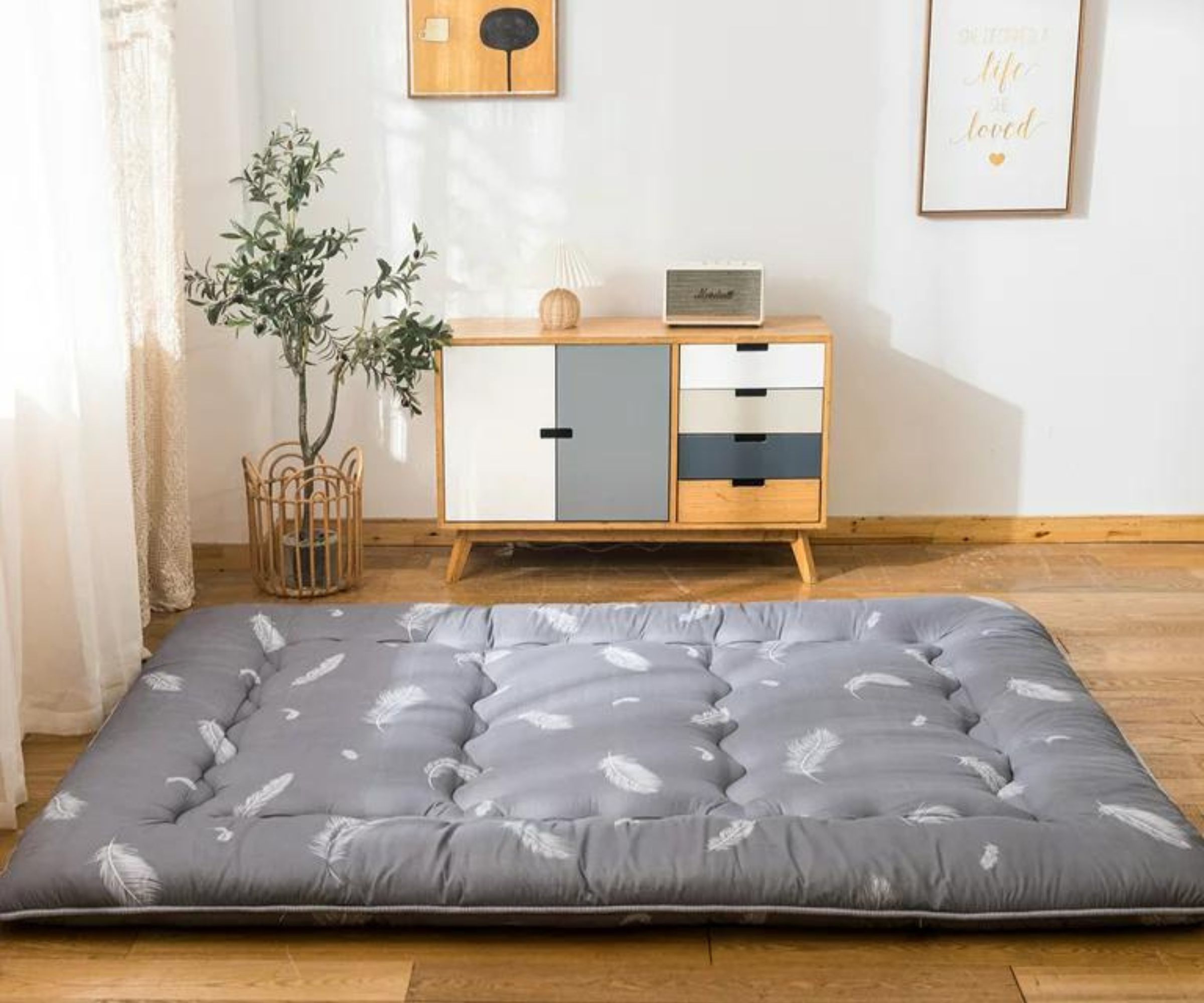
A futon mattress is a foldable bed that can be stored away until you're ready to sleep on it. Typically filled with layered cotton, then wrapped in fabric, a futon mattress tends to be around two or three inches thick. You can lay your futon mattress directly on the floor or do what I do and set it on a Japanese bed frame.
After all, the futon mattress hails from Japan and dates back to the 17th century as an easy way to accommodate the nobility. Then, in the 1980s, furniture designer William Brouwer adapted this Japanese sleep secret and introduced the Western-style futon, which is closer to a traditional mattress: it's thicker, filled with foam and springs, and placed on a wood or metal frame that adjusts from a bed to a sofa. This space-saving solution is great for smaller rooms in college dorms and starter apartments.
What are the pros of a futon mattress?
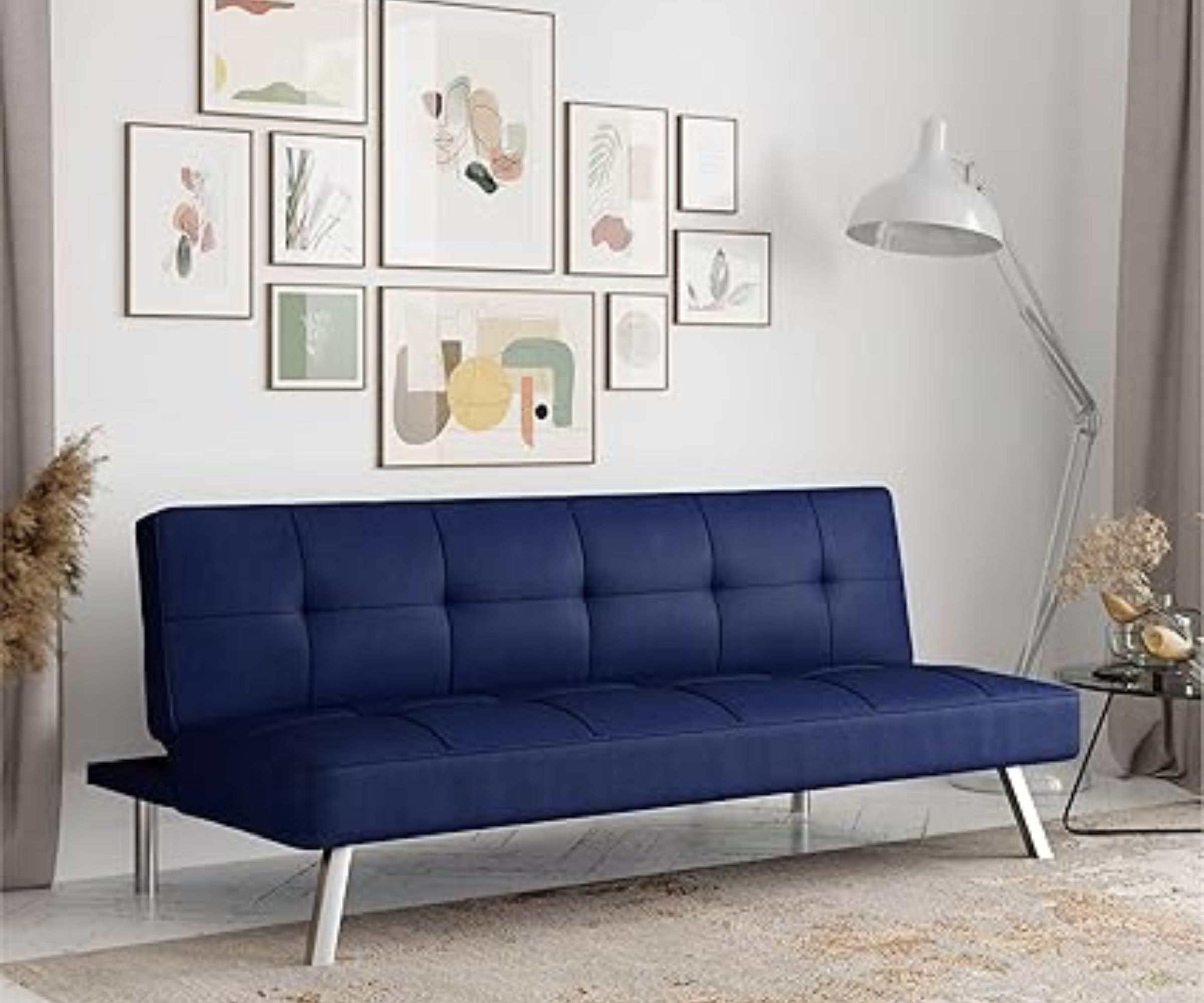
I asked chiropractic physician Dr. Sapna Sriram to tell me what she likes best about futon mattresses. She says it's all about the balance between comfort and convenience. 'Modern futon mattresses come in a variety of materials, such as memory foam, cotton, and innerspring, offering comfort that rivals some traditional mattresses,' says Dr. Sapna. High-quality futons can provide adequate comfort for sleeping, especially for short-term or occasional use.'
Design expertise in your inbox – from inspiring decorating ideas and beautiful celebrity homes to practical gardening advice and shopping round-ups.
Then, there's the aesthetic flexibility. With a traditional mattress, you get what you're given, but Dr. Sapna points out that 'futons are available in various styles, colors, and materials, so that you can match them seamlessly with your home décor. A futon mattress can add a casual, modern, or even traditional look to your space.'
There are plenty of practical benefits to a futon mattress. For one thing, 'a futon mattress is generally more affordable than a traditional mattress and bed frame, making them a great option for budget-conscious individuals or those furnishing a guest room,' says Dr. Sapna. Plus, 'futon mattresses are often lighter and easier to move than traditional mattresses. Your average futon mattress weighs between 30 and 60 pounds, where a traditional mattress can weigh more than 100 pounds'. If you live alone, or you struggle to lift heavy weights, then a futon mattress might be your best bet for a spare bed.

Dr. Sapna is a leading chiropractic physician, treating elite athletes and notable celebrities. She is also the co-founder and CEO of Integra Health Center, Toronto's largest and most reputable collaborative full-service medical and health facility.
My favorite futon mattresses are pretty, as well as practical. I've searched the sites of all the major furniture retailers to bring you the best-loved futon mattresses at the fairest price. Full disclosure: I haven't tested them, but that's why I've scoured the specifications and read countless customer reviews to make sure I'm recommending quality.
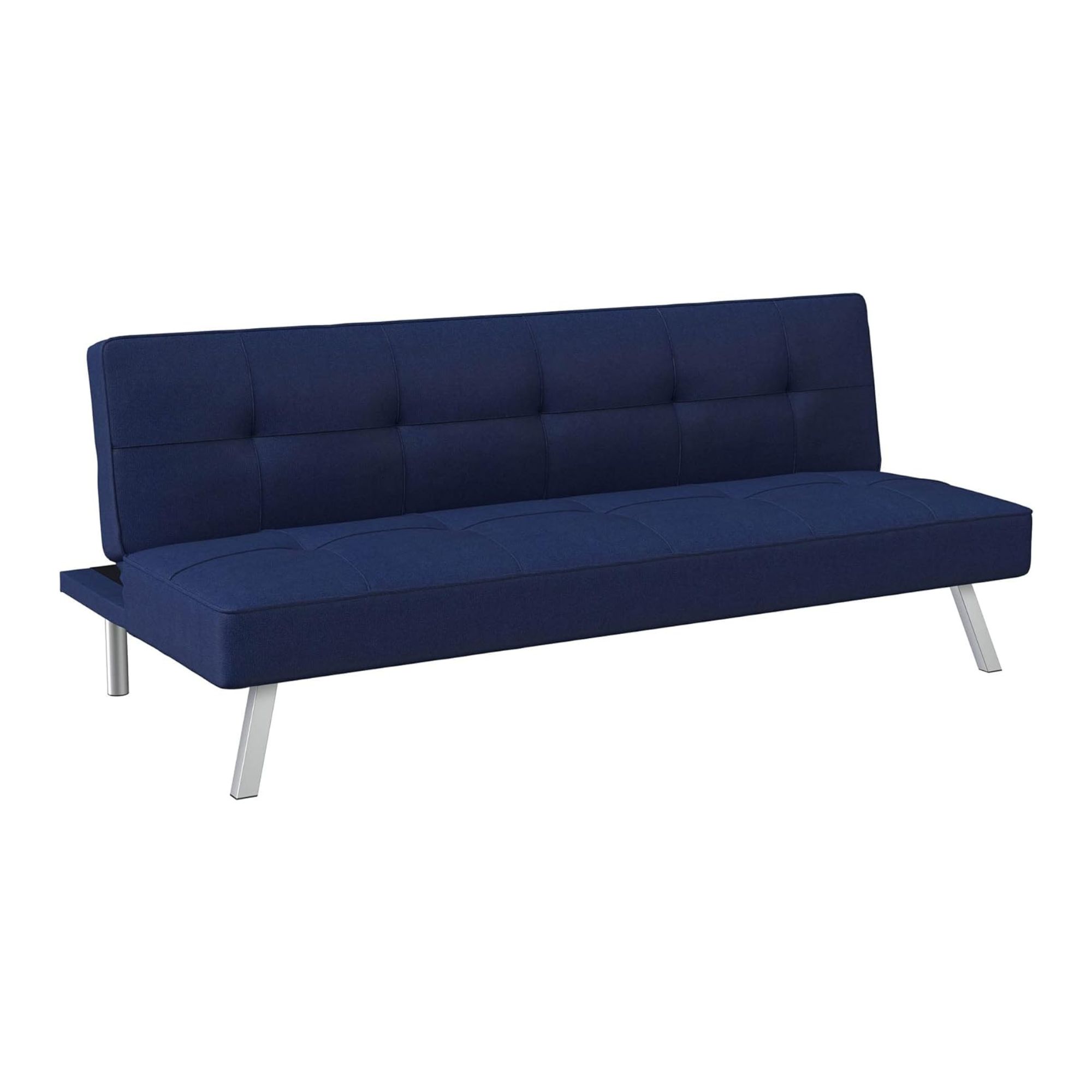
From the award-winning mattress brand comes a best-selling fold-out futon, with more than 7,000 five-star reviews on Amazon. Happy customers praise the versatility and value for money of the Serta Rane Futon, as well as the ease of assembly, though a few shoppers warn that the futon is designed for shorter sleepers.
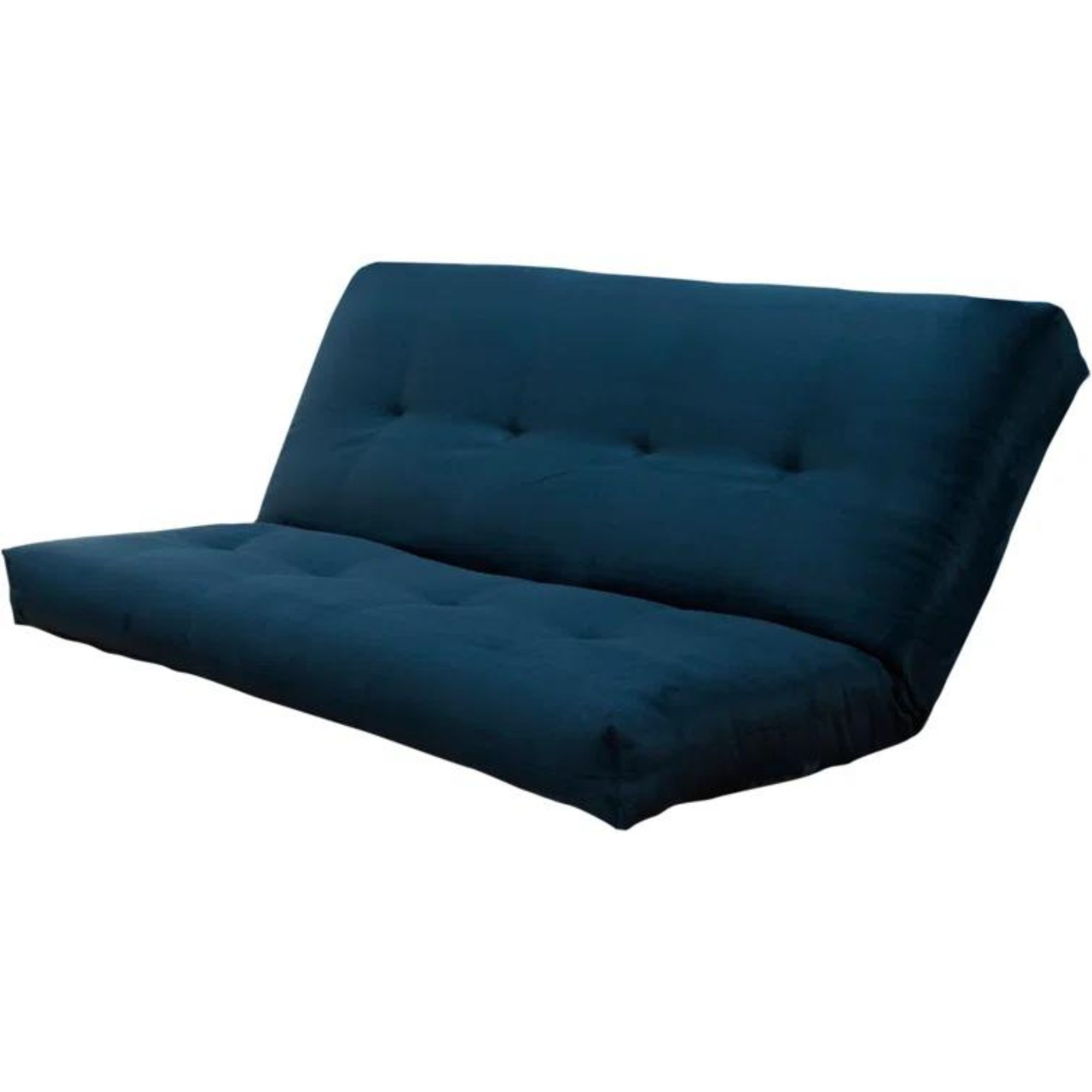
This futon mattress comes in a wide range of warm and cool neutrals to complement any color palette. Each iteration is lined with more than 250 supportive springs and topped with high-density foam for a bit of plush comfort. Out of all the futon mattresses on Wayfair, this one gets the best write-up, with more than 500 five-star reviews.

Equipped with a cupholder and a in-built USB charging port, this is the perfect futon for putting up out-of-town guests. I especially like the faux leather look, which comes in camel, black, and rich brown. With more than 1,000 five-star reviews praising its appearance and performance, this is the best-rated futon mattress at Walmart.
What are the cons of a futon mattress?
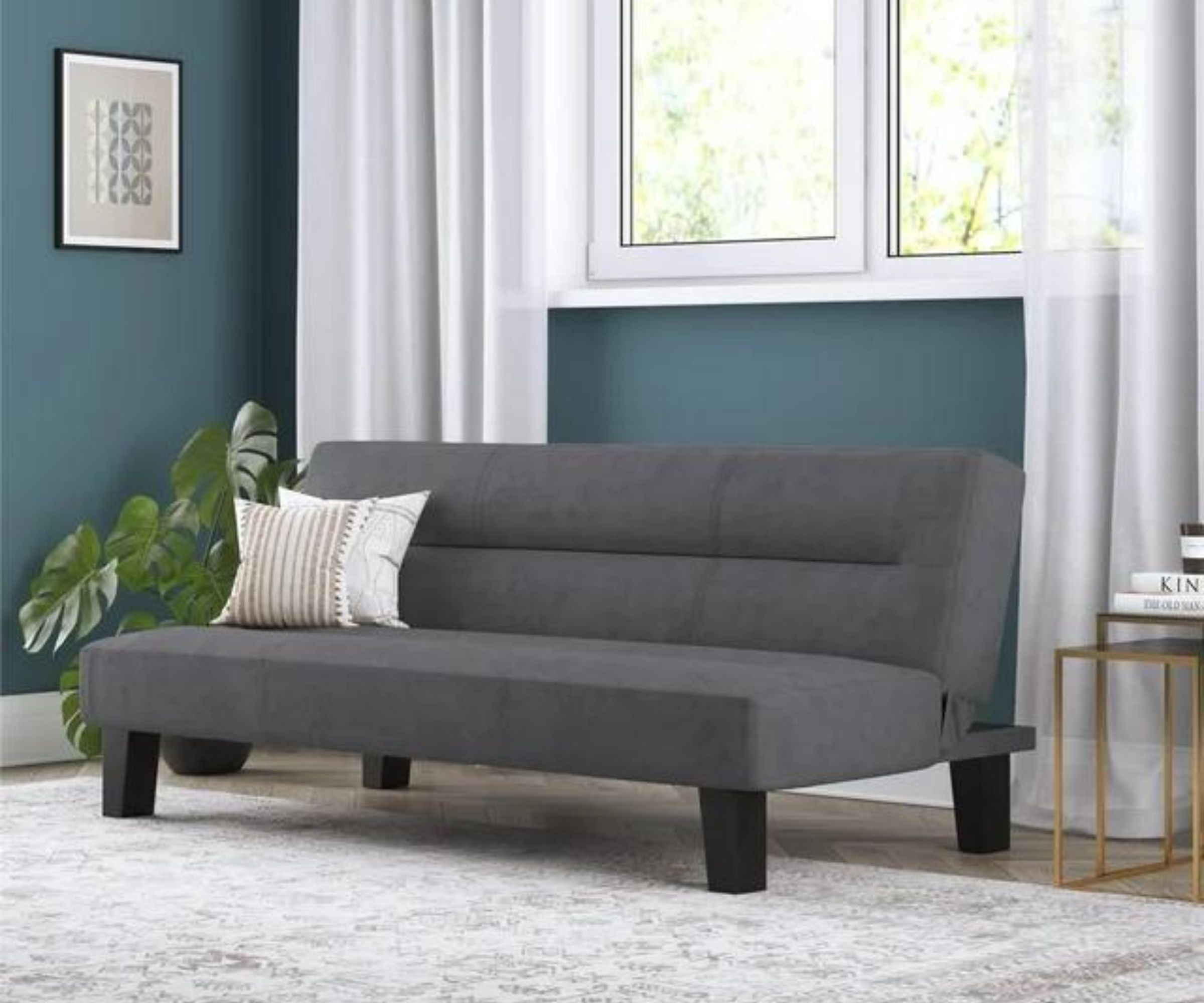
Dr. Sherry McAllister is less enthusiastic about the benefits of a futon mattress, especially for long-term use. 'Since a futon can't give you the same support as an innerspring or memory foam mattress, the three curves of the back can often be compromised during the night,' says Dr. Sherry. 'The neck can be saved by the best pillow but the upper back curve and the lower back curve might not get the necessary support to prevent muscle tension and irritation'.
'This is not to say that a futon mattress is inherently unsupportive,' Dr. Sherry is quick to clarify. 'It is to point out that if you are suffering from an injury or a chronic pain condition, you might not get the support you desire'.

Dr. Sherry leads the team at the Foundation for Chiropractic Progress, a not-for-profit organization that provides information and education surrounding chiropractic care. She also owns her own chiropractic practice, operating out of San Jose, California.
Whether or not you'll sleep comfortably on a futon mattress partly depends on your sleep position. 'Futon mattresses tend to be firmer and less contouring than some traditional mattresses,' explains Dr. Sapna. That's good news for back and stomach sleepers, Dr. Sapna says, but not so much for side sleepers, 'particularly those who prefer a plush, sinking feeling.' In that case, you'd be better off putting a plush mattress on a sofa bed.
Then, there are the practicalities of setting up a futon mattress. Dr. Sapna explains that a futon mattress 'requires regular maintenance, from flipping and airing to occasionally cleaning the cover. This can be more cumbersome compared to a traditional mattress that remains in a fixed position,' but it's important. 'Proper maintenance is essential to prevent the build-up of allergens and dust mites, which can affect respiratory health'. You could always cover your futon mattress with the best mattress protector to safeguard against spills and stains.
Final thoughts
In terms of short-term comfort and support, there's a lot to like about a futon mattress, but it might not be the best fit for your space. If you're looking for something a little more stylish, then I suggest you search for the best sleeper sofas, instead. A sleeper sofa is a little more expensive than your average futon, but it comes in every color and configuration.

Emilia is our resident sleep writer. She spends her days tracking down the lowest prices on the best mattresses and bedding and spends her nights testing them out from the comfort of her own home. Emilia leads a team of testers across America to find the best mattress for every sleep style, body type, and budget.
Emilia's quest to learn how to sleep better takes her all around the world, from the 3Z mattress factory in Glendale, Arizona to the Hästens headquarters in Köping, Sweden. She's interviewed luxury bedding designers at Shleep and Pure Parima, as well as the Design Manager at IKEA. Before she joined Homes & Gardens, Emilia studied English at the University of Oxford.